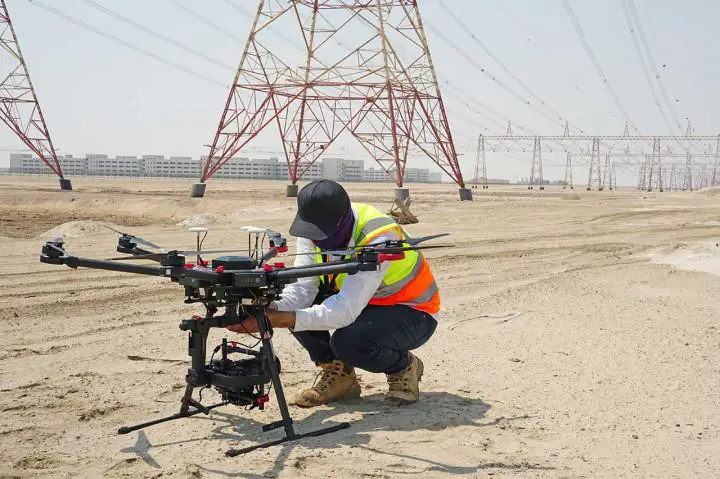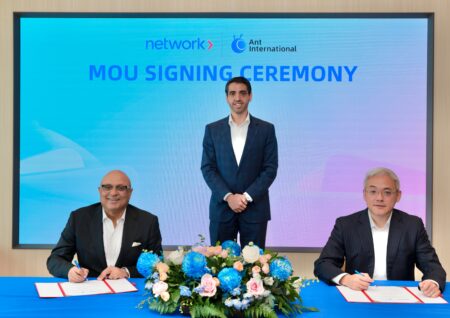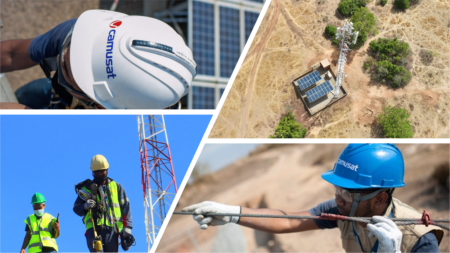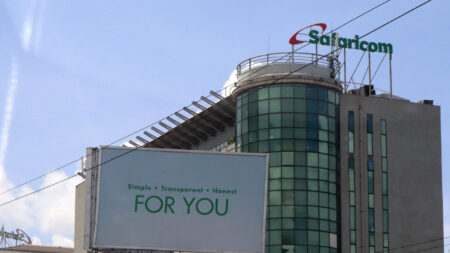Major technological advancements in Unmanned Aerial Vehicles (UAVs), or drones, are changing how asset inspections are conducted. Drone solutions are replacing difficult and hazardous manual inspections for electrical transmission and distribution lines, significantly reducing time and costs. Now is an exciting time to be in the energy industry.
According to Energy Magazine, artificial intelligence (AI) and machine learning are set to transform the energy industry, by digitizing its asset inspection and asset management.
The Zimbabwe Electricity Supply Authority (ZESA) is now legally able to incorporate drones in its infrastructure management. This announcement was made at an event the national power company held to mark its acquisition of a Remotely Piloted Aircraft Operator’s Certificate (ROC).
According to an article by Newsday published on June 15, 2022, speaking at ZESA’s drone technology certification ceremony in Harare Executive Chairman Sydney Gata said certification of the use of drone technology in their day-to-day operations is expected to improve service delivery.
“This will enable a quicker turn-around in fault finding and rectification resulting in the continuous and consistent provision of electricity to our customers. Drone technology will also assist ZETDC in its fight against vandalism and theft of electricity.”
ZESA is battling a myriad of challenges including incessant faults, mainly emanating from aging power distribution infrastructure. This has seen the country grappling with endless power cuts.
“Drones are key in Zimbabwe’s electricity market digital disruption as they create opportunities beyond the traditional way of doing business, provide non-traditional solutions and simplify the electricity generation, transmission, and distribution processes,” he added.
According to TechZim, a Remotely Piloted Aircraft Operator’s Certificate (ROC) is a certification given to an institution that wants to use drones for any of its operations by the Civil Aviation Authority of Zimbabwe (CAAZ). The requirement is stated in Statutory Instrument 271 of 2018 and says:
No remotely piloted aircraft operator shall operate a remotely piloted aircraft in terms of these regulations unless such person is the holder of-in the case of commercial, corporate and non-profit operations, a valid remotely piloted aircraft operator’s Certificate (ROC), and the Operations Specifications attached thereto;
in the case of only commercial operations, an Air Services Permit is issued in terms of the Civil Aviation Act [Chapter 13:16].
According to a related article by TechZim dated June 15, 2022, ZESA has been taking its staff to be trained for the Remote Pilot’s Licence at the locally-based training school, Drone Solutions Academy. The school was one of two that ZESA visited last year when it was looking for places where its technicians could be upskilled.
TechZim on September 24, 2021, reported on a ZESA delegation that got a tour of Precision Aerial‘s facility and was given the outline of the startup’s services. Just after that presentation, ZESA and their Rwandan counterparts paid a visit to Drone Solutions Academy (DSA), another local player in the unmanned aerial systems space.
Drone Solutions Academy is a company, like Precision Aerial, which offers drones of various makes and models as well as training for those who want to become drone pilots. DSA is also certified by the Civil Aviation Authority of Zimbabwe (CAAZ) to train pilots in multirotor and fixed-wing platforms for both VLOS (Visual Line of Sight) and BVLOS (Beyond Visual Line of Sight).
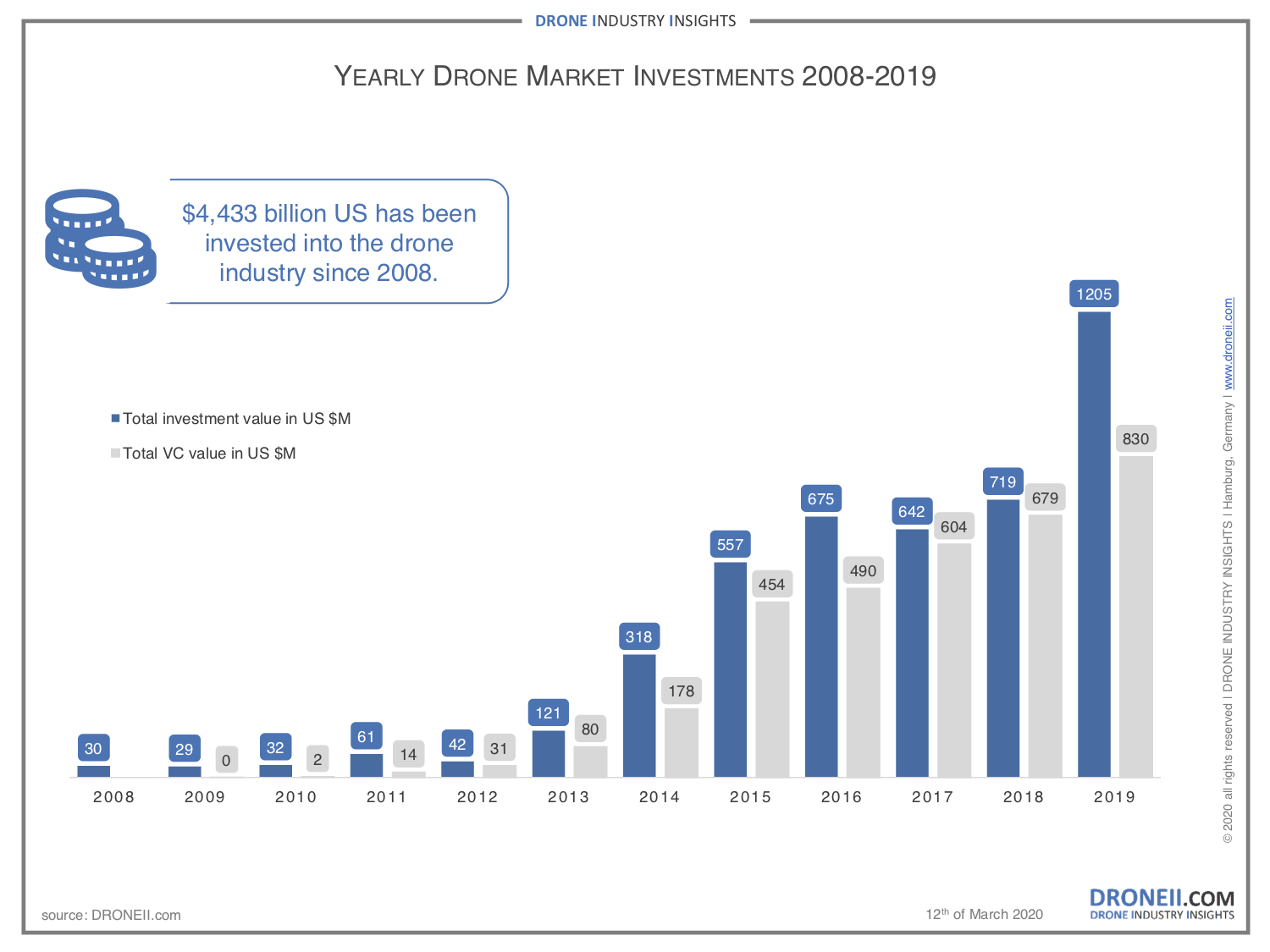
As far as 2020 Techdee said the best way to inspect power lines was comparatively through the use of drones. Think Grid adds that Drones are being used for overhead line inspection worldwide. They can cover a lot of areas quickly, taking thousands of pictures and collecting gigabytes of video, spectral, and thermal data all during one flight.
The logistics of powerline inspection are daunting. To cover that much ground would take a substantial amount of time in any other situation. Manual review is simply too slow. Drones can get such work done in a fraction of the time.
Read: Using machines and AI in Africa’s manufacturing sector in 2022
One reason why a drone powerline inspection is such a great option is safety. Powerlines are tall and span great distances. Therefore, manual control and repair are inherently dangerous. Instead of sending workers up to inspect the lines visually, it is far safer to use drone technology. Drones reduce the risk to humans without compromising the quality of the inspection.
Drones can inspect your powerlines from end to end with minimal interruptions, which is not the case when you choose other inspection methods. Manual inspections must start and stop as the workday allows. Drones, however, can occupy unique airspace, which gives them unparalleled access. Getting a comprehensive view of powerlines allows for better and faster decision-making.
Meanwhile, ZESA Holdings is in discussions with its Zambian counterpart, ZESCO for the importation of 100 megawatts of electricity to supplement local production.
According to ZESCO board chairman Vickson Ncube, for ZESA to enjoy the facility, it has to pay monthly deposits of US$6.3 million.
“As ZESCO, we have been on the path of strategic planning and strategic engagements since the change of government. This has seen us having discussions with current clients and potential clients both in Zambia and abroad,” Ncube said on Tuesday, commenting on the ZESCO bulk supply agreement with Copperbelt Energy Corporation (CEC).
“On the selling side, there are advanced discussions with ZESA for exporting 100MW to Zimbabwe premised on Zimbabwe making pre-payments for the 100MW from Kafue Gorge Lower.
“Preliminary discussions arrived at ZESA having to pay monthly deposits of US$6.3 million to enjoy the facility. On the purchasing side, we have since successfully renegotiated our debts with independent power producers who supply us with power such as Maamba Collieries limited,” he said.
The Reserve Bank of Zimbabwe has, however, given approval for the State-owned power utility to start charging exporters in foreign currency.
Through Statutory Instrument 131 of 2022 ZESA can now bill exporters of goods and services in US dollars, euros, or any other foreign currencies. Exporters affected by the new regulations are those that export on average 80% or more per quarter of the total output of goods and services produced or provided in Zimbabwe.





